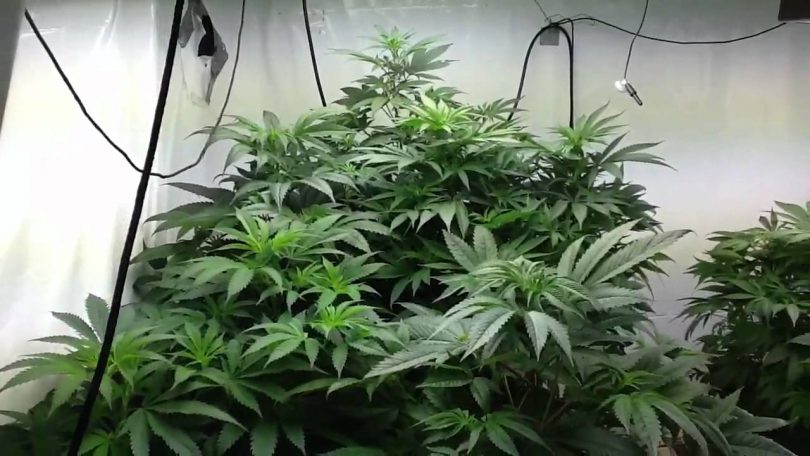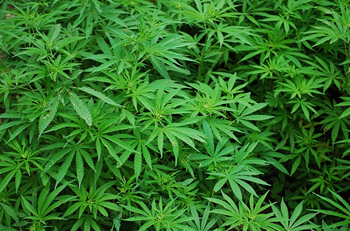How a shift in the amount of time exposed to natural light impacts the growth of cannabis plants.
How do you know it’s spring time? Trees bud and bees buzz, but how does your bud know it’s time to give you a buzz?
When growing in the wild, plants undergo a continuous variation in their photoperiod. That is, June 21 and September 28 don’t have the same amount of daylight, so they have a difference in their photoperiod, and it changes slightly each day.
Plants are acutely aware of these changes. They know when the photoperiod increased in daylight, it’s spring. When it begins to wane, fall has onset. They control their growth in synchronicity with this change in photoperiod over the course of a year.
For cannabis plants, the alteration of the photoperiod in the wild is what keeps them in their vegetative state, and then encourages them to produce their sticky flowers.
Figure 1 Cannabis undergoing the light phase of its photoperiod.
As the amount of daylight decreases from summer into autumn, Cannabis shifts from its vegetative state of growing stalk and leaves into its flowering state where it forms its buds.
From 18 hours of daylight each day, down to 12 or less–depending on the cultivar–cannabis plants finish up their flowering in autumn when growing outdoors.
Should I Follow Mother Earth Exactly?
When growing your cannabis indoors, it’s important to mimic Mother Nature in her approach to growing flowers, but it doesn’t need to be exact. The cannabis plants grown these days are highly specialized and modified from their wild-growing counterparts.
However, that doesn’t mean they have drifted so far off course that they don’t respond in the same way to cycles of light–with the exception of auto-flowering cultivars.
When growing indoors, 18 hours of light is generally used for the vegetative state and it’s dropped to 12 hours of light when forcing the plant to flower, for maximum cannabinoid production (1).
Some people gradually decrease the photoperiod over time, others drop it in one day. Whichever the method, growing cannabis is more than just giving them liquid nutrients (2). While each grower may have their own technique for a cultivar, it’s important to do what Mother Nature does to grow Cannabis correctly.
Feeding plants with lots of sunlight when they are first growing is key to letting them know it’s spring–it’s time to grow. Once they are strong, healthy plants ready to support the weight of their dense flowers, coaxing them into thinking it’s autumn by decreasing their photoperiod is critical.
Sources
- “Characteristics of cannabinoid composition of Cannabis plants grown in Northern Thailand and its Forensic Application.” Accessed June 13, 2018. https://www.ncbi.nlm.nih.gov/pubmed/21636228
- “Yielding Potent Cannabis Plants with Liquid Nutrients: What is Liquid Feeding?” Accessed June 13, 2018. https://terpenesandtesting.com/category/cultivation/liquid-nutrients-growing-cannabis/









